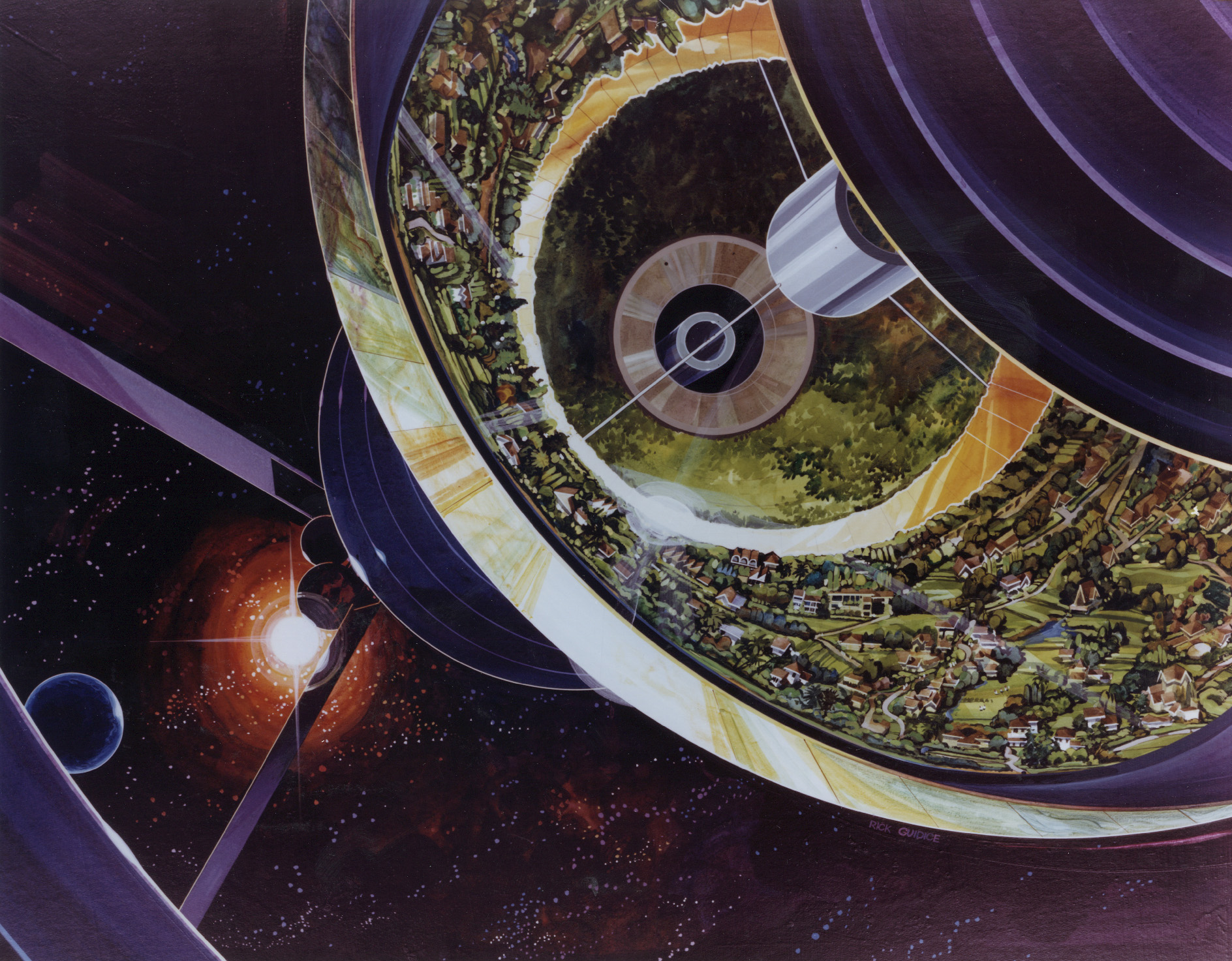
Researchers from the Korea Aerospace Research Institute (KARI) and the Korea Electrotechnology Research Institute (KERI) describe a concept for a Korean Space Solar Power Satellite in a new publication called the Journal of Space Solar Power and Wireless Transmission. Dubbed K-SSPS, its components would be launched with reusable rockets, robotically assembled and tested in LEO, then boosted to geostationary orbit (GEO) using solar electric thrusters powered by its own solar cell array.
The baseline conceptual design for K-SSPS provides 2GW of delivered power to the ground collected by a 4km diameter rectenna located in the Demilitarized Zone. There is sufficient space in this region for 60 rectennas of this size for a total collected power of 120 GW. In terms of electricity generation, such a system would provide a terawatt-hour of electricity per year which exceeds South Korea’s electricity consumption in 2021.
This study also addresses disposal of the system after its useful life estimated to be about three decades, Since such massive systems spanning an area measuring several square kilometers would present a rather large cross section increasing the risk of collision with other decommissioned satellites in the usual graveyard orbit located 235 km above GEO, the authors propose a novel but controversial approach: controlled crash landing the spent satellite in a safe zone on the far side of the Moon. This would enable future colonies on the Moon to harvest these valuable Earth-sourced materials from the impact zone, recycling them into useful commodities to help sustain lunar operations. Care would have to be taken to ensure that the structure is guided to a designated area far from established infrastructure, most of which (if not all) would be located on the near side facing Earth. Not considered in the study was recycling and/or repurposing the K-SSPS materials in space using material processing technology like Cislunar Industries’ Modular Space Foundry (previously Microspace Foundry).
South Korea’s space agency, the Korea Aerospace Research Institute (KARI), has set a goal of a test system deployment in LEO by 2040, with a full scale system in GEO by 2050. Since this effort will take considerable development time and significant financial investment, KARI plans a small-scale two-satellite pilot system demonstration in LEO within the next decade to validate the wireless power transmission technology and the deployment mechanisms. The pilot system, which was described in a paper presented at the 73rd International Astronautical Congress in September 2022, will be placed in a sun synchronous orbit and features a solar panel equipped antenna array beaming power to a receiver satellite 100m away, in a sun synchronous orbit.

KARI and KIRI have described their case studies on a space solar power program as a renewable energy option for Korea to help address global efforts to achieve net zero greenhouse gas emissions by 2050. This paper summarizes their concept design for a 2GW space solar satellite highlighting gaps in the economic and technological knowledge needed for success, proposed a responsible and sustainable disposal method, and outlined an achievable architecture for a near term pilot demonstration within a decade. Korea joins other global development efforts that SSP has been following with their own unique approach to space-based solar power (SBSP).
However, doubters have been surfacing recently highlighting the significant engineering and economic challenges that need to be addressed for SBSP to be competitive with ground-based renewable energy sources and backup storage systems, the technology of which are rapidly developing and improving. One skeptic, former European Space Agency engineer Henri Barde, published an article in IEEE Spectrum arguing that among other things, designers will have a significant challenge shaping and aiming the microwave beam of a kilometer-scale phased array antennae. In his opinion, this and other engineering obstacles will not be solved until fusion energy will be commercially available. In a rebuttal on LinkedIn, CEO of SBSP startup Virtus Solis John Bucknell responded that his company has proprietary software that can simulate greater than 2km transmission apertures and that SBSP is in the engineering phase while fusion is still in R&D, the complexity of which makes capital and operating costs a big unknown for commercialization.
NASA has yet again kicked the can down the road, claiming in their most recent study that expected greenhouse gas emissions and the cost of space hardware for current design options will be on a par with existing renewable electricity technologies and therefore recommends further study to close several technology gaps for SBSP to make economic sense. The next few years will be critical for engineering testing, not only for Korea’s pilot satellite, but Virtus Solis‘s in-space plans and Northrup Grumman’s end-to-end test in 2025 of their Space Solar Power Incremental Demonstrations and Research prototype system. Once in-space prototype testing demonstrates sufficient feasibility to retire technical risks, venture capital investors may feel comfortable funding subsequent operational phases toward profitable commercialization.


